Discovering Slovenia: from the uncontaminated landscapes of the Julian Alps and Triglav to the beneficial waters of the historic spas of Bled, Čatež and Rimske, up to the excellent gastronomic experiences. A surprising journey through nature, wellness and haute cuisine.
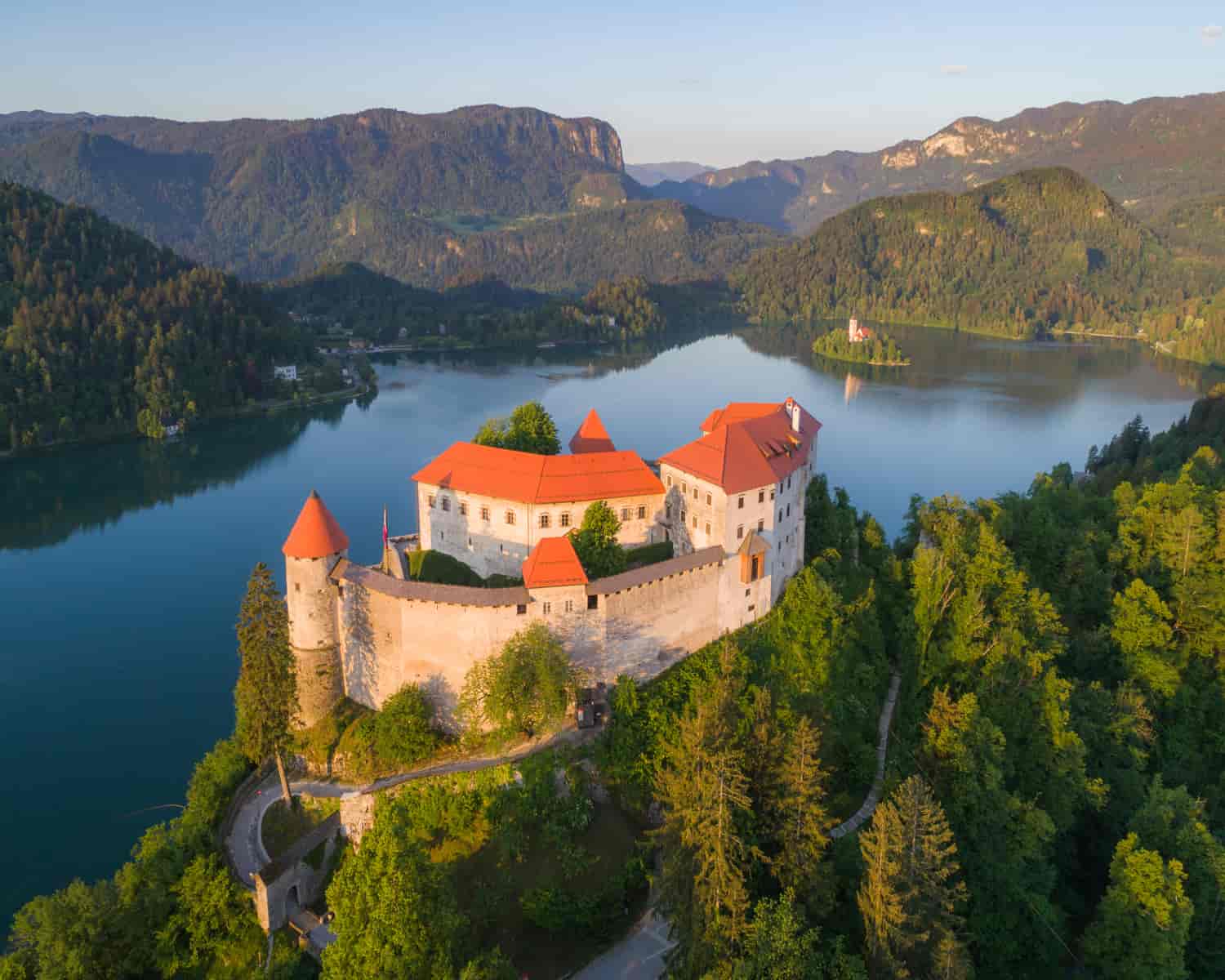
Jost Gantar
Sandwiched between Italy, Austria, Hungary, and Croatia, Slovenia is a small powerhouse that delivers a big impact. Under the radar of big brother neighbors, this tiny country still manages to astonish with a dense mix of natural beauty, thermal spas, rich history and a surprisingly innovative food scene.
Nova Gorica: European Capital of Culture 2025
I arrived in Slovenia through Nova Gorica, the busiest entry point for Italians. Not just for proximity—located directly at the border with Friuli Venezia Giulia—but for being known as a mini Las Vegas, a casino paradise that welcomes tourists.
Nova Gorica is the 2025 European Capitals of Culture, along with its Italian twin city Gorizia and Germany’s Chemnitz.
That’s where I had my first notable discovery: DAM Restaurant, headed by Michelin-starred chef Uroš Fakuč, that whisks you through a sophisticated gastronomic tour inspired by local ingredients. It’s not cheap, but it’s worth every cent—lasting longer than the bill itself.
Only 20 miles distant in the picturesque Vipava Valley, another culinary jewel is to be found: Gostilna Pri Lojzetu by chef Tomaž Kavčič, a pioneer of salt-stone cooking. Each dollar spent turns into a memory.
Lake Bled: well-being enveloped by fairy-tale charm
The Julian Alps are the next stop, home to one of Slovenia’s jewels, Lake Bled. Sparkling waters, a tiny island with a quaint church, and a medieval castle looming over it all give visitors postcard-perfect Slovenia.
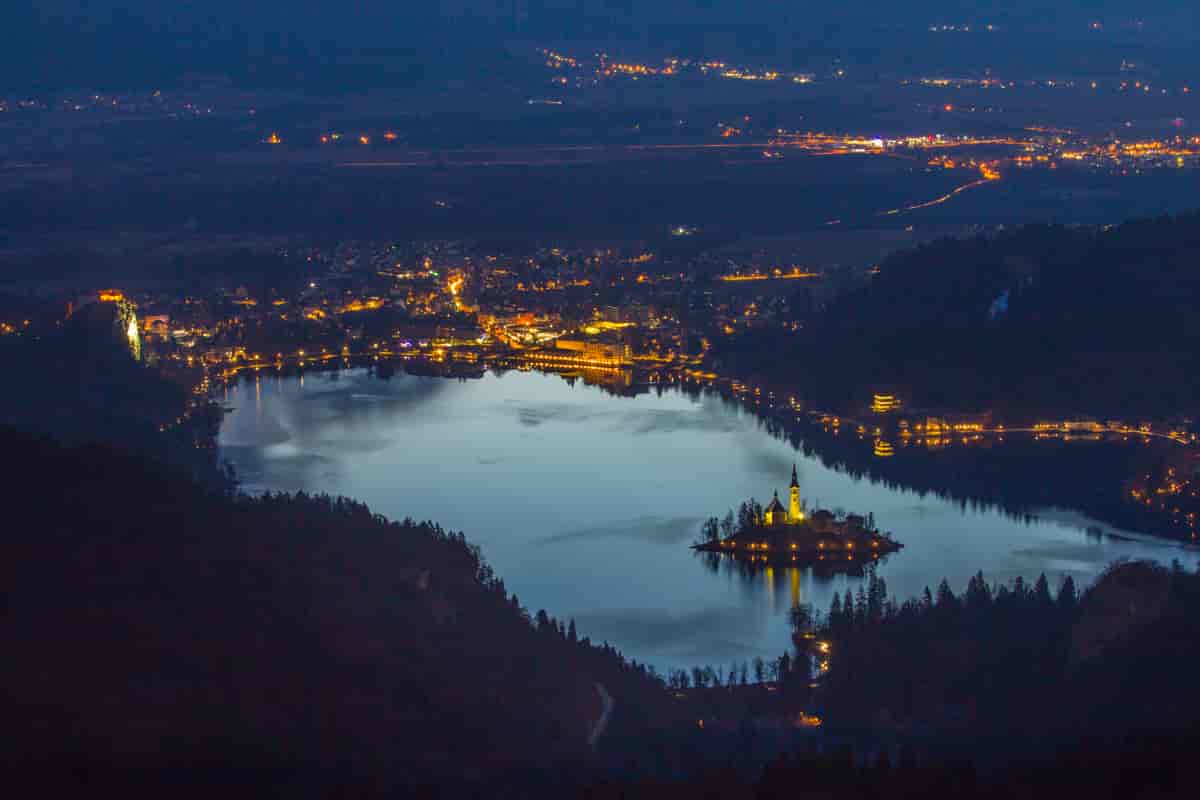
Lake Bled (Miro Zalokar)
The Bled thermal baths are powered by local mineral-rich waters, with temperatures reaching up to 86°F (30°C). I didn’t try the treatments myself, but the place exudes a sense of professionalism and authenticity.
History is written into the landscape—from the medieval castle’s ramparts and museum, to the island’s Church of the Assumption, accessible by traditional wooden boats called pletna.
Green Slovenia: a compact powerhouse of biodiversity
Leaving Bled, I delved deeper into Slovenia’s green heart, and it’s no exaggeration to say the country punches above its weight in the biodiversity stakes. With over 60% of its land covered in forest, Slovenia is one of the greenest countries in Europe.
Landscapes change gracefully from Alpine summits to rolling vineyards, dense forests to a short but dramatic Adriatic coast.
Slovenia was the world’s first global green destination, and you can tell: expansive hiking and biking trails allow you to discover while leaving a light footprint.
This fresh air and such pristine landscape serve to remind you of the importance of protecting Europe’s natural heritage.
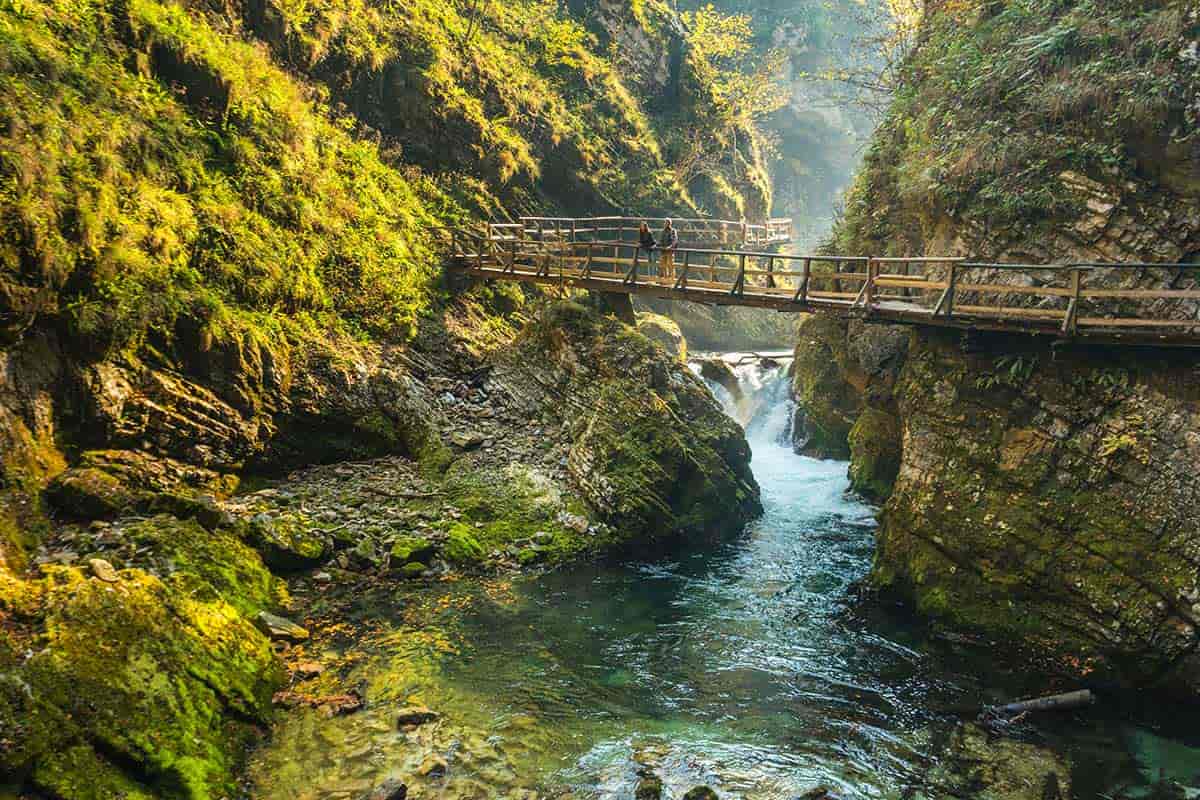
Bled (Jost Gantar)
Čatež spa: the nation’s largest wellness complex
Driving southeast in the direction of the Croatian border, I came to Terme Čatež, Slovenia’s biggest and best-known spa resort complex.
Čatež impresses with its massive area of indoor and outdoor thermal pools that are open year-round.
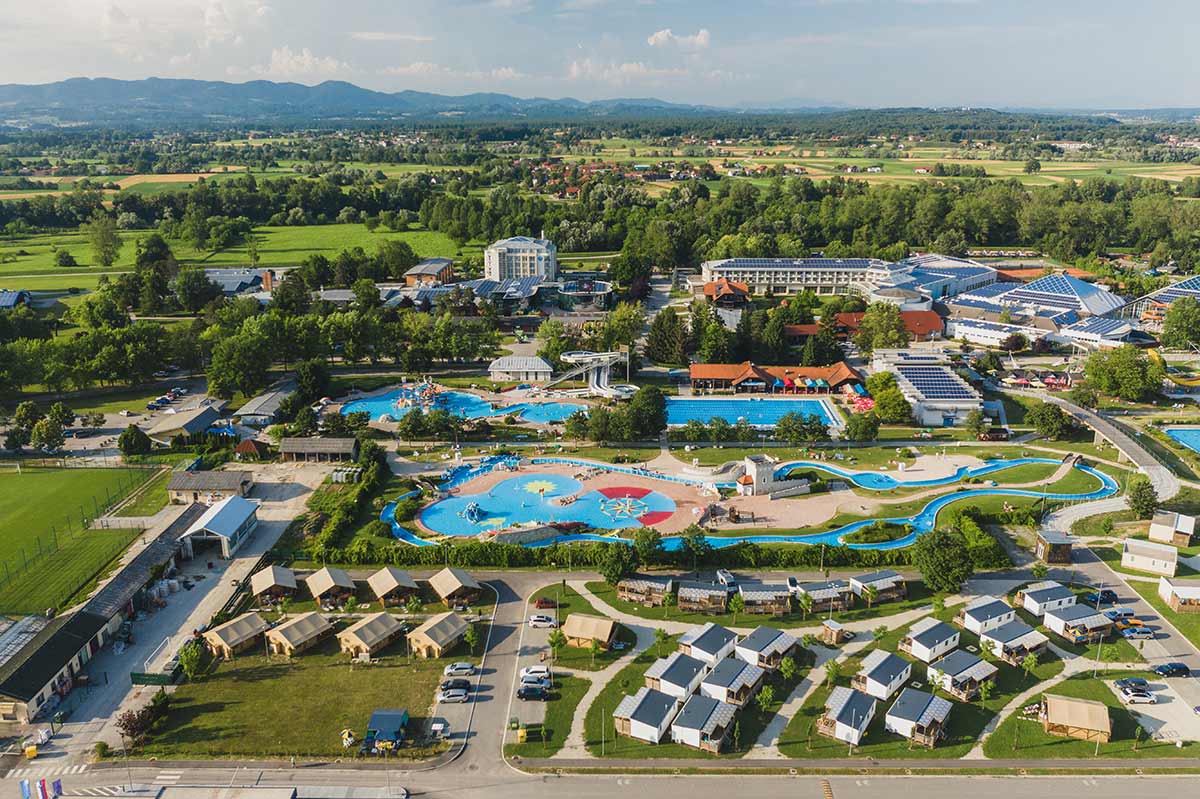
Čatež Spa (from above)
Adults can enjoy an extensive range of saunas and therapies, whilst children may simply consider Čatež to be heaven.
Accommodation ranges from 4-star hotels to mobile homes, so there’s something for every wallet.
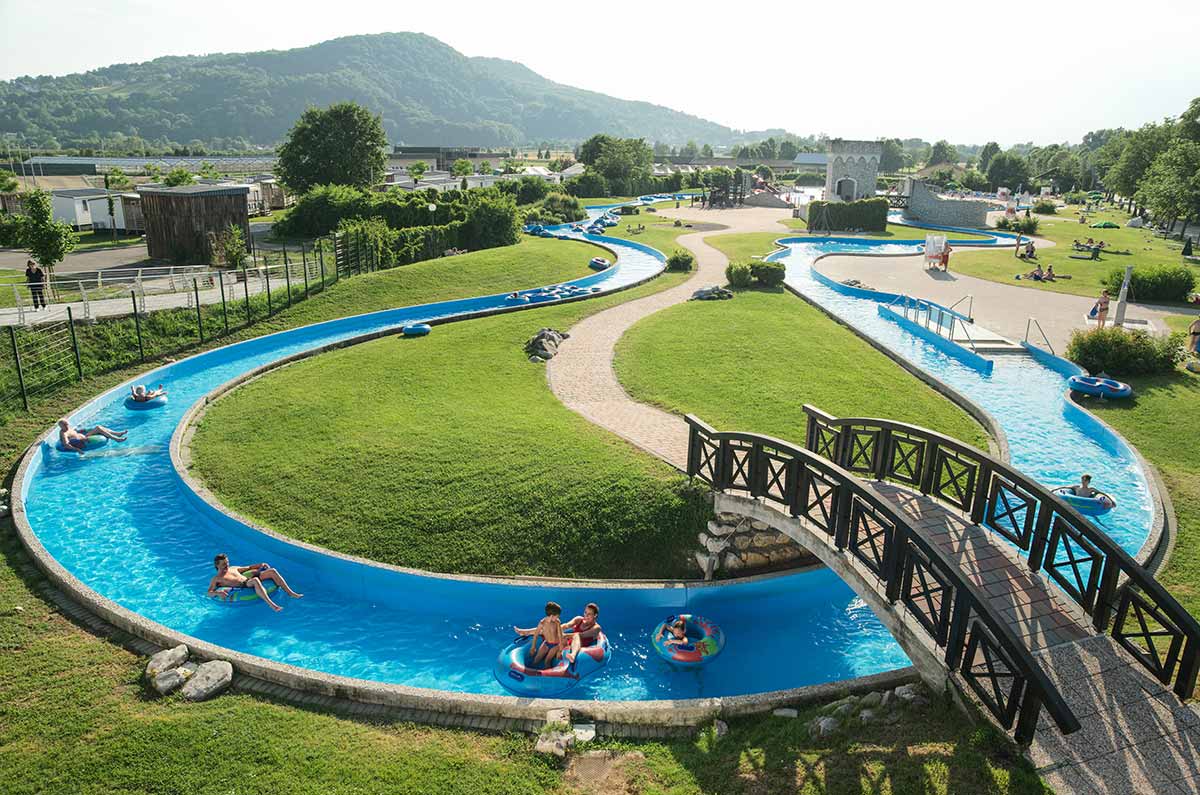
Čatež Spa
Nearby, the ancient town of Brežice offers a glimpse into the area’s Renaissance architecture, its castle from the 16th century now housing a hotel, restaurant, and 18-hole golf course.
Rimske terme: ancient wellness with roman roots
My final stop was Rimske Terme, or Roman Baths, in central Slovenia. The complex here has been around since the first century AD, when the Romans discovered and used its therapeutic waters.
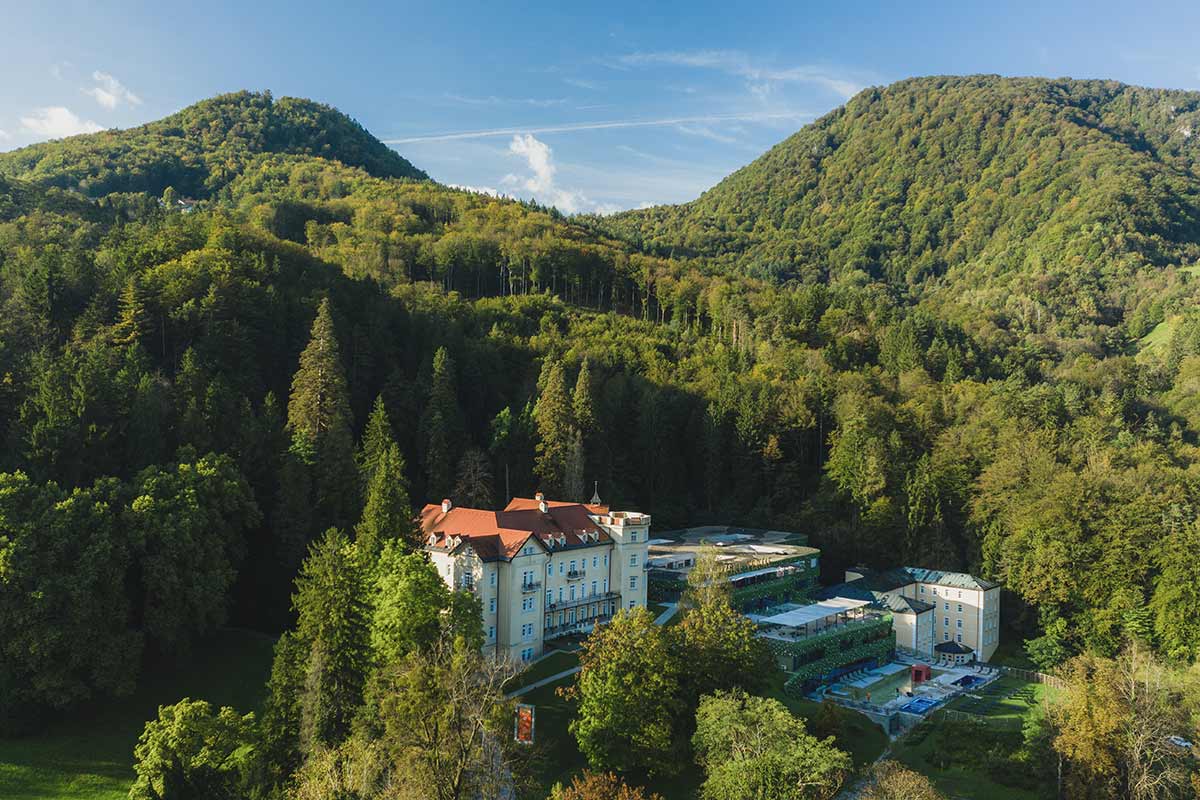
Rimske Terme
Today, the modern spa preserves echoes of its imperial past, creating a unique blend of old and new.
The thermal water, rich in magnesium, potassium, calcium, and other minerals, springs at 101°F and is said to help with circulatory, rheumatic, orthopedic, and respiratory issues.
The neoclassical main building, built in the 19th century during the Austro-Hungarian era, still stands proudly, while the romantic-style gardens invite peaceful walks among century-old trees and fountains.
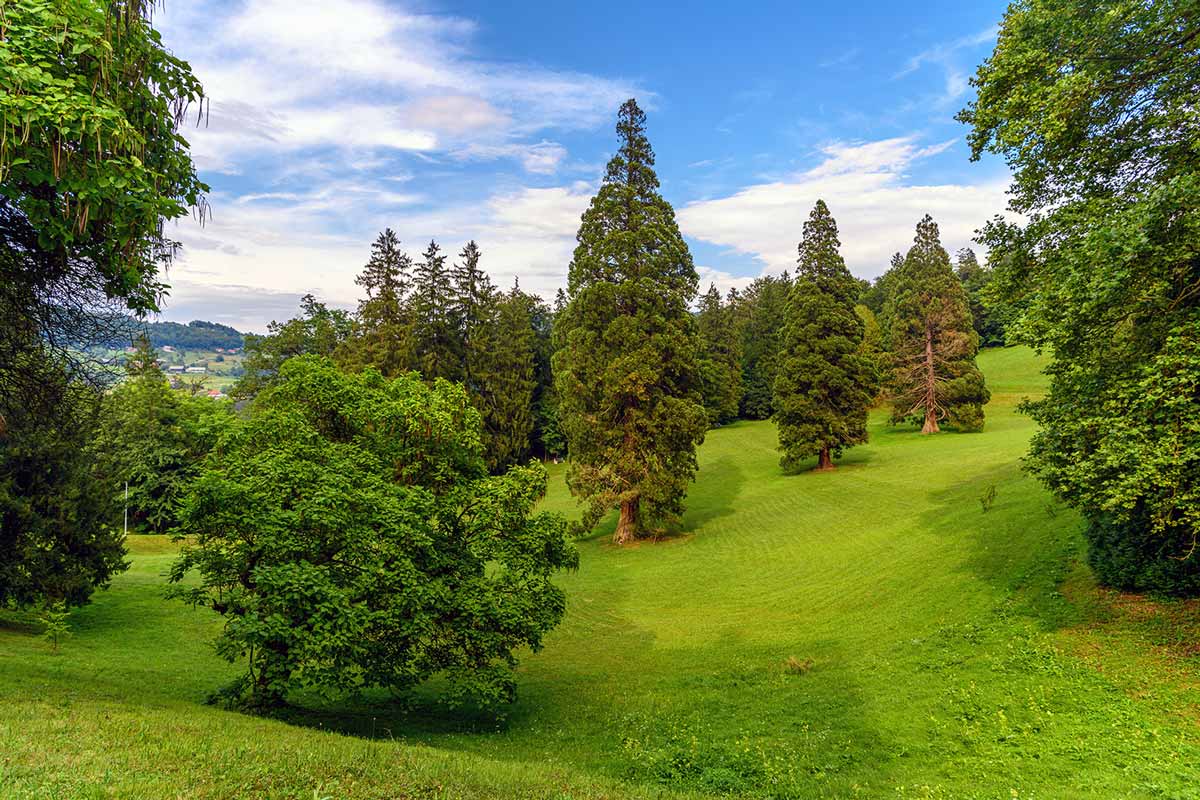
Rimske Terme (Park)
Activities range from horseback riding to tennis, yoga programs to river rafting. Frankly, it’s the kind of place that makes you forget what day it is—and you might not want to leave at all.
https://www.rimske-terme.si/en
Going home after a trip like this feels almost cruel. But at least I have one comforting thought: when to come back.
